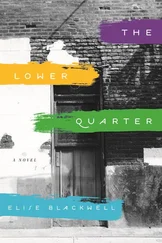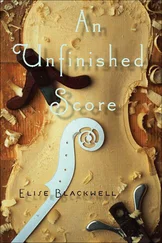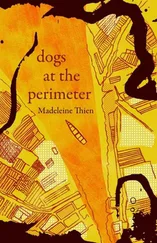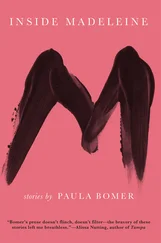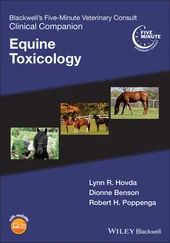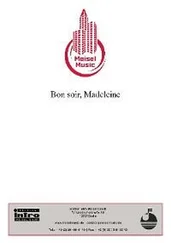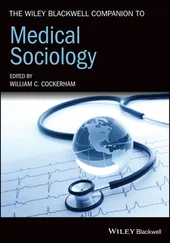For a very long time, I thought that Anselmo’s story was in The Decameron or maybe The Canterbury Tales but I couldn’t find it in either. I had read all three books around the same time, twelve or thirteen years before (I had also read Manuscript Found at Saragossa and a few collections of folk tales and fairy tales at the time, making the whole thing even more difficult), but I never considered that the tale I was looking for could be in Don Quixote . Where the Tales and their clear influence, The Decameron , are mostly about the stories themselves, their frames receding, the Quixote is very much about its frame, about Don Quixote, even while it is really a compendium like the other two. Somehow, Cervantes focused his readers on the man of the title despite (because of) the profusion of characters and subplots. Is it as simple as madness, a stereotyped and rudimentary but still distinct characterization? Or is there something in Cervantes’s choice of tales that focuses us?
…
[Jimmy] Stewart became in a way what Hitchcock considered himself to be: a theorist of murder ( Rope ); a chair-bound voyeur drawn to and fearful of love ( Rear Window ); a protective but manipulative husband and father ( The Man Who Knew Too Much ); and the passionately haunted pursuer of an impossible, duplicitous ideal ( Vertigo ).
(Spoto, Spellbound )
…
Anselmo convinces Lothario to try to seduce Camilla, his wife. Lothario refuses at first, but Anselmo is relentless. Eventually, Lothario agrees, but Camilla refuses his advances. Lothario reports back to Anselmo. Anselmo is not satisfied. He doesn’t believe Lothario. Anselmo leaves town, and arranges for Lothario to stay with his wife. Lothario can’t help but fall for Camilla, and Camilla gives in to Lothario’s advances, too. After an anticlimactic detour via a maid and her lover, Camilla and Lothario run off together and Anselmo finds out that Camilla was faithful to begin with, but, through his own actions, is not anymore. Anselmo dies out of grief. “Lothario” is now used to describe (this is according to Webster’s New World College Dictionary) “a seducer of women; rake.” This seems unfair to Cervantes’s character — Lothario resists Anselmo’s plan, and, though he does fall in love with Camilla and does seduce her, it is all unwillingly. His seduction, such as it is, isn’t his. Instead, he carries out his friend’s orders. It is really Anselmo’s seduction of Lothario that we witness; Lothario and Camilla have much smaller parts to play. Apparently, a later adaptation of this story, a play by Nicholas Rowe called The Fair Penitent , is the more likely source of the eponym, but it’s interesting to think about what it might mean if it is Cervantes’s tale behind it. Why should such a man be so reviled?
…
Vertigo is or could be considered a variation on Anselmo’s story, particularly a variation in which it is not curiosity or perversity driving Anselmo, but revenge. But who, in such a version of Vertigo , would be Anselmo? Elster seems the obvious choice, but I’m not so sure it would be Elster. Couldn’t it instead be Scottie? (Or Madeleine, from beyond the grave?) Is this the source of my confusion about the tale’s storyline? If Anselmo had asked Lothario not only to attempt to seduce his wife, but to do so as himself, as Anselmo?
…
[EXT. Brocklebank Apartments (DAY)]
…
Many cultures tell stories about people who pretend to be other people pretending to be them, thus in effect masquerading as themselves, impersonating themselves, pretending to be precisely what they are. This. tells us that many people must put on masks to discover who they are under the covert masks they usually wear, so that the overt mask reveals rather than conceals the truth, reveals the self beneath the self; and it tells us that, although such masquerades cannot change people into other people, they may change them into others among their many selves.
(Doniger, The Woman )
…
Hitchcock: “I don’t want to film a ‘slice of life’ because people can get that at home, in the street, or even in front of the movie theater. They don’t have to pay money to see a slice of life. And I avoid out-and-out fantasy because people should be able to identify with the characters. Making a film means, first of all, to tell a story. That story can be an improbable one, but it should never be banal. It must be dramatic and human. What is drama, after all, but life with the dull bits cut out.”
…
Truffaut to Hitchcock: “Almost all of your films center on an interchangeable killing, with one character who has committed the crime and another who might just as well have been guilty of it.”
(Truffaut, Hitchcock )
…
[INT. Scottie’s Car (DAY)]
…
From Hitchcock’s December 4, 1956 letter to Maxwell Anderson, inviting him to do a second script of D’Entre les Morts :
“Before I go on to tell you what has been done, I think I should admit to you that after all this time it might have been better for me to have followed your original suggestion to have completed the structural layout even as far as a temporary script before you did the dialogue. I can only apologize for putting you to ‘double trouble.’ (Wouldn’t this be a good title for this picture?).
“First of all, I should make it clear that the structure has been organized on the basis of telling two stories. First, the ‘front’ story, which is the one that the audience is looking at and second the big story which, in other words, is the conspiracy and which is only revealed to the audience in the final scene.”
…
The movie does play like two movies, though not the interlocking or complementary ones Hitchcock describes in his letter to Anderson. Instead: as one ~eighty minute feature that ends with the faked death of Madeleine (the discovery of her real corpse) and the inquest at San Juan Bautista, and one oddly-proportioned (a little less than an hour) shorter film that follows Scottie’s confinement in the hospital. The interim between these two narratives is like that between two movies in a theater: the lights go down, flash, then come back up; there is music, but, apart from that, almost no sound; and the rest of the film more or less ignores this period in its characters’ lives — we get details of Scottie’s earlier hospital stay from Midge in the “first” film, but Midge disappears before the “second” film begins and there is no one to take her place. This second film is what most critics focus on, the story of Scottie remaking Judy into Madeleine and the discovery of Hitchcock’s “conspiracy,” but it takes up very little screen time, comparatively speaking.
…
From Hitchcock’s notes:
A.The necklace from the portrait definitely connects Judy with the past. Therefore I haven’t created another Madeleine, Judy is Madeleine!
B.If I were to confront her now, she would deny everything, because I have already seen her identification as Judy.
C.If Judy is Madeleine, who was the woman who fell from the tower, dressed the same as Madeleine, with the same color hair?
D.Judy could not have been Elster’s wife at the time because Elster’s wife’s maiden name was Valdes.
E.Elster’s wife had money therefore she must have been the dead woman — murdered for her money.
F.Why was I brought into this thing? Madeleine pretended to have suicidal tendencies. I was fooled by her throwing herself into the water. I was fooled by the Carlotta Valdes nonsense. But why me? Because I was to be a witness of the suicide — a witness who could not climb to the top of the tower.
Читать дальше

